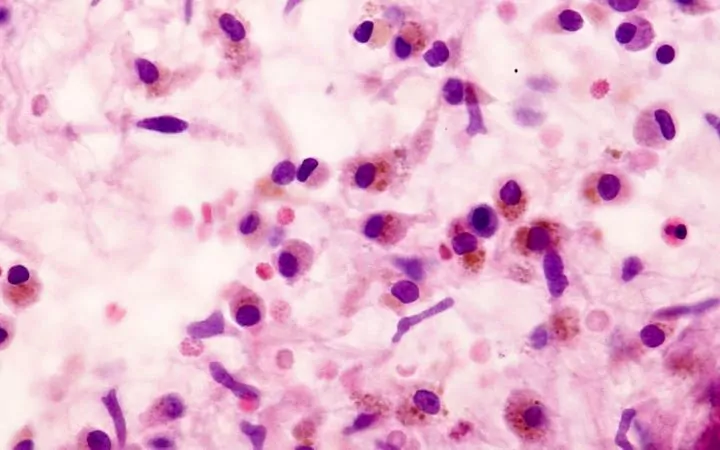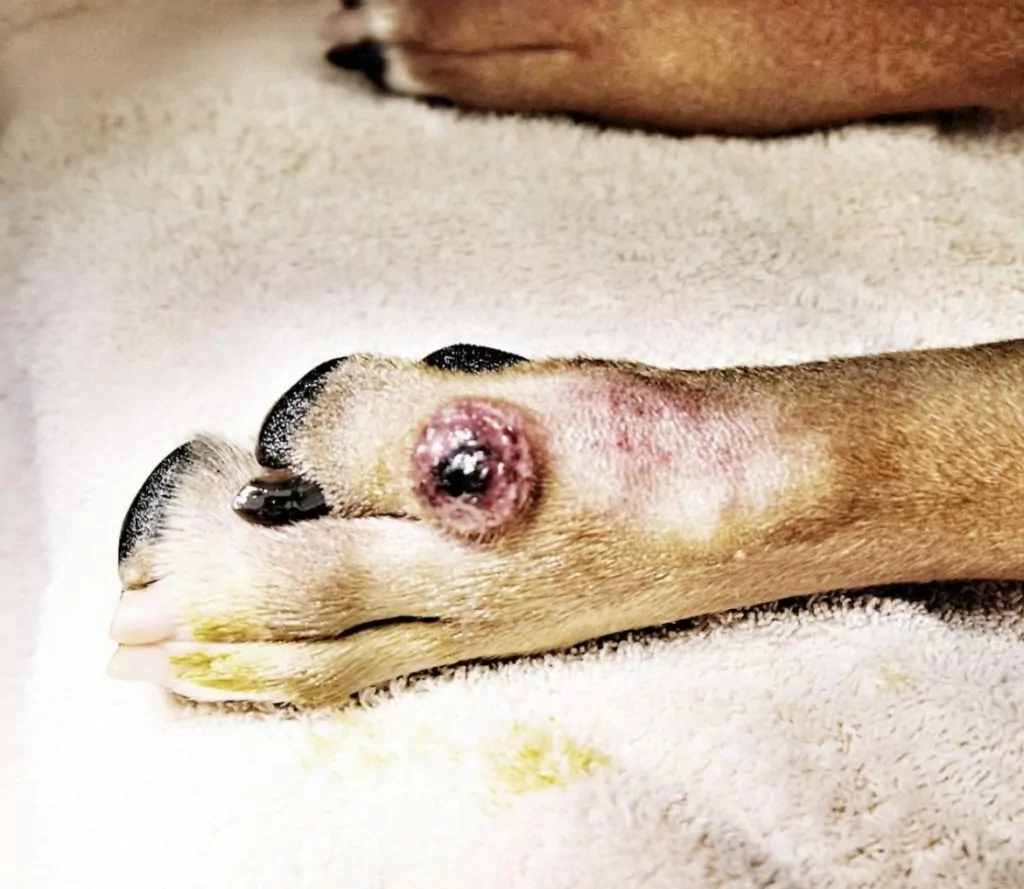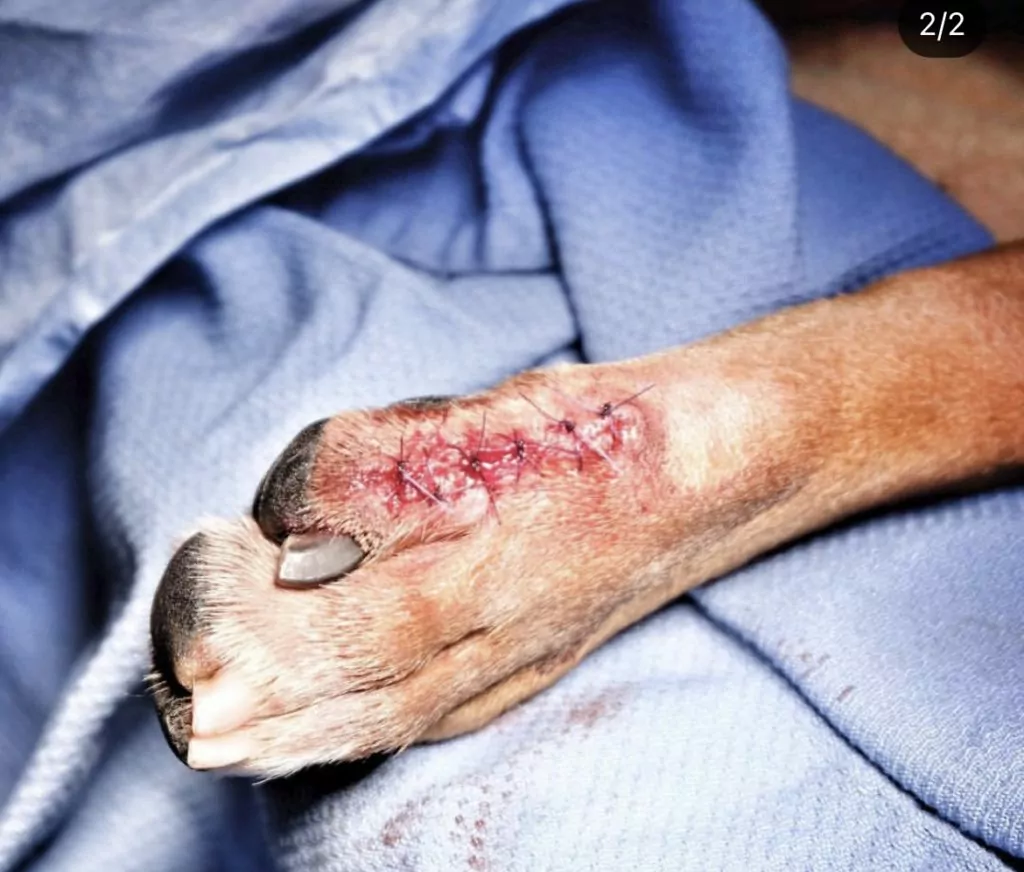It’s nighttime. You park yourself on your couch after a long, hard day. Your pup pops up on the sofa to snuggle you(if you do not let your dog on the couch, feel free to create your own scenario and insert it here).
You start petting them, and you notice a bump. You begin to panic. Is it a tumor? It could be, so your next step is to make an appointment at your vet’s office. Luckily, they think it’s just a histiocytoma (did I mention your hypothetical dog was a Boxer?). You can breathe, but then you think to yourself, what’s a histiocytoma? Read below to find out!
What is a Histiocytoma?
A histiocytoma is a benign tumor that usually occurs in younger dogs. They are notorious in Boxers. They are generally rapid-growing, hairless, red spots found on your dogs’ skin. They can regress and go away on their own but are also commonly removed via surgery.

Histiocytomas can become ulcerated and become infected, which is why a lot of owners opt to have them removed. Histiocytomas are usually smooth, round, and non-painful. They should not change color or move under the skin. Sometimes they can come in clusters, but it is common for them to manifest as a solitary bump. They should feel relatively hard and not be able to be manipulated.
What Are Histiocytes Cells, and What do They do?
Let’s explore where histiocytomas originate. They originate in the histiocytes, which are cells found in your dog’s immune system. Histiocytes are found in the bloodstream, the lungs, the skin, bone marrow, the liver, the lymph nodes, and the spleen.
Their primary responsibility is to deal with foreign invaders such as bacteria, viruses, pollen, or fungus. They then bring the antigen to the lymph nodes and present it to the immune system’s other cells. They do this to stimulate a response that will further protect the body. Histiocytomas occur when these cells behave abnormally and build up in the surrounding tissues.

Causes of Canine Histiocytoma Complex
There’s no valid cause of histiocytomas; however, they are more common in younger dogs and certain breeds (See below). Because they are from an immune response, it can be caused by previous trauma.
Like cancer, these benign tumors are from cells behaving abnormally. The difference being is that these cells regress over time, where cancer cells continue to grow out of control. These tumors can also self-cure themselves just as quickly as they pop up. This is because the skin is often regenerating.
Predisposed Dog Breeds
As stated above, certain breeds are predisposed to Histiocytomas. They are as follow:
- Boxers
- Bulldogs
- Labrador Retrievers
- Greyhounds
- Boston Terriers
- American Staffordshire Terriers
- Scottish Terriers
- Shar Peis
There is no known reason why these breeds of dogs are more commonly affected by histiocytomas. That being said, they can occur in any dog.

Diagnosis of the Tumor
In order to diagnose your dog with a histiocytoma, a few things will have to be done by your veterinarian. A thorough history and physical examination of your dog is needed. Knowing their age and their breed is important.
Next would be a skin cytology (microscopic examination of the skin.) Your veterinarian can do this through a fine needle aspirate (FNA), punch biopsy (obtaining a piece of the mass), full excision biopsy (surgical removal and sending out for evaluation.) After the cells are evaluated, the next step can be chosen between you and your veterinarian.
Veterinary Treatment of Histiocytoma
Depending on the severity, there may be no available treatment. If the area is inflamed or has a secondary infection, then antibiotics will be added on, with the suggestion of surgery. If you want it removed to be further evaluated, then surgical removal will be the only proper treatment.
Surgery usually requires full anesthesia, sutures, and an Elizabethan collar, and a recheck of the surgical site. If the histiocytoma is small enough, there is an option for cryosurgery, which uses liquid nitrogen to freeze abnormal cells and kill them, resulting in the tumor falling off.
This is usually only offered at specialty hospitals. Your veterinarian may opt to do nothing and just keep an eye on it to see if it resolves on its own.

Does Histiocytoma Pose a Risk to Humans or Other Pets?
There’s no risk to other humans or pets. Histiocytomas are not contagious tumors and do not spread from animal to animal or their owners. Thus, posing no threat to us, so yes, you can continue to let them lick your face even with their lumps and bumps.
Treatment Options
Treatment varies from hospital to hospital. Let’s discuss what will be expected from you and your pet, and then we can give a roundabout price range:
- Physical examination
- Skin cytology via FNA, Punch Biopsy, or surgery
- Surgery consists of full anesthesia (gas anesthetic, premedications), IV catheter, intubation, suture material, surgical room, and hazardous waste material.
- Medication to go home with
- Elizabethian collar
Histiocytoma Dog Home Treatment Options
The main thing is to keep your dog from bothering the histiocytoma. If they lick, scratch, or bite the area, it may result in a secondary infection. This will complicate its healing process or if it clears up on its own.

If your dog gets surgery to remove it, you’re going to want to follow all of your veterinarian’s directions for at-home care. This includes keeping your eyes on your dog and the Elizabethan collar on, looking out for any signs of infection (swelling, oozing) or inflammation (redness, heat), and giving any medication that was prescribed. If any of the previous occur, it is best to contact your veterinarian immediately.
Known Preventative Measures
Because there is no cause of these tumors, there are no true preventative measures. Always do your best to keep your dog at its healthiest. Plenty of exercises, a proper diet, and annual trips to the veterinarian are some of the ways to keep your dog in its best shape.
Naturally, you can always pay close attention to any trauma that may happen to your dog and consult your veterinarian on the best course of action to avoid further injury from occurring.
Summary
Any lump, bump, or red area on our dogs can cause an eyesore and headache to us, their owners. But, with this particular bump, the headache does not have to come with it. Knowing what you’re dealing with is the primary battle, and if it’s a histiocytoma, you can rest easy.
They are non-painful and often go away on their own. Of course, consulting with your veterinarian, regardless if they seem benign to you, is essential; make sure you let your veterinarian diagnose and decide on the best course of action for your dog.
It’s important to note that biopsies are the only real cure here, but if you don’t want to break the bank and your veterinarian thinks it’s okay, you can wait it out. During that time, make sure to keep an eye on your pet.
